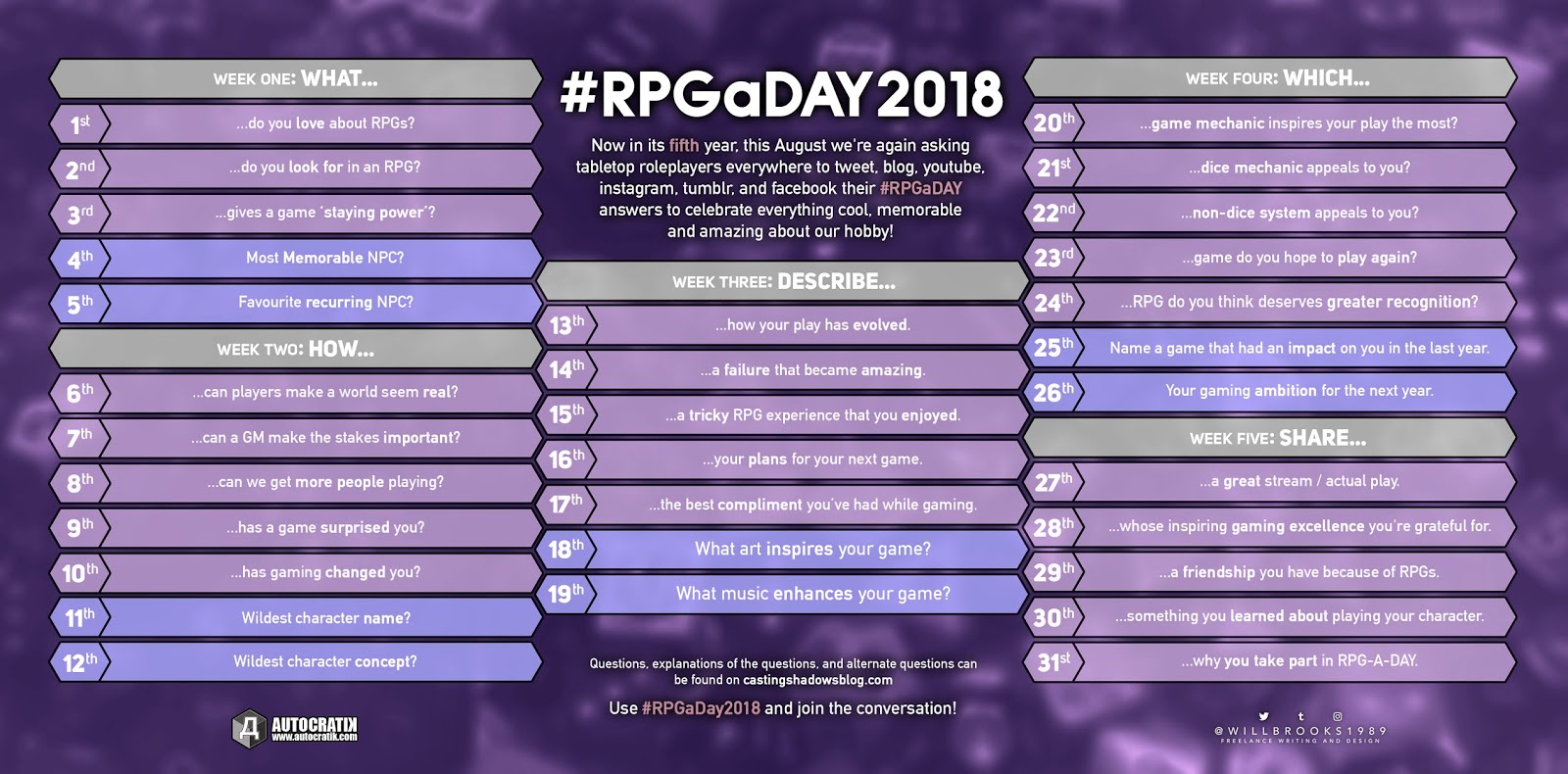Today’s question is “How can the GM make the stakes important?” — which initially struck me as an odd question to ask.
The more I thought about it, though, the more I realized that it’s one of those things which is perfectly obvious to somebody who has been GMing for a long time (nearly– JESUS CHRIST — four decades at this point for me), but might not be evident to somebody just starting out.
The simplest answer I can give is this: The GM can make the stakes (whether of an encounter, or an adventure, or an entire campaign) important by listening to the players. Players will tell you, in any number of ways, what’s important to them, both as players, and also as their characters. Use that knowledge, and have the stakes relate to those things that they’ve told you about. If a player is obviously really into deep roleplaying of relationships, have an encounter revolve around the potential of damaging their relationship with an important NPC. If a character is really invested in their personal magical item, have an adventure involving the search for an ancient text which describes the history of that item, including potential clues to hidden additional powers, and prophesies of its future.
(This is another reason why it’s good to have the players collaboratively involved in the creation of the campaign, as I mentioned yesterday. The conversations you have during that process will give you a wealth of information on what the player values, and is hoping will be important in the game.)
Simple: Make the stakes involve things the players care about, and they’ll be important.




